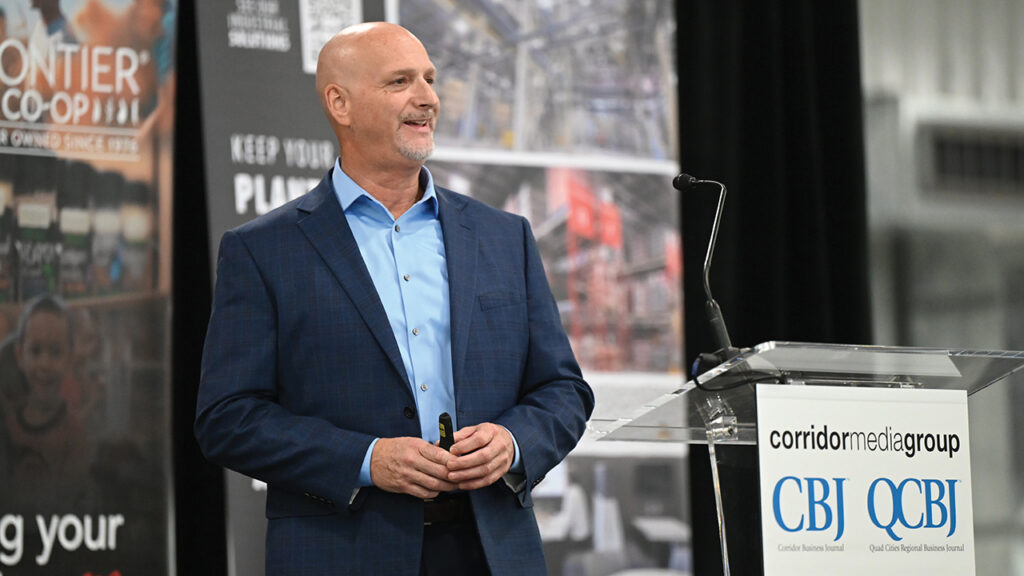Rock Island survey seeks QC input to guide public planning
QCBJ News Staff

Pat Pollock, president and CEO of ALM Positioners, shares how his Rock Island company is using artificial intelligence at The Manufacturing Conference. CREDIT TODD WELVAERT
ALM Positioners is confronting a workforce shortage that is creating productivity challenges for that small Rock Island manufacturer and other makers – big and small – across the nation, ALM President and CEO Pat Pollock said.
The way his company is tackling that problem in an increasingly global business world, he told attendees at the Corridor Media Group’s Manufacturing Conference,…

Get immediate, unlimited access to all subscriber content and much more.
Learn more in our subscriber FAQ.
Do you want to read and share this article without a paywall?
